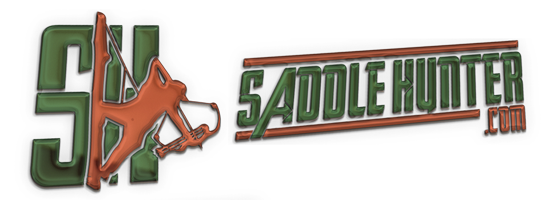I bought one used on here at significantly less cost. It also doubles as a spinner.[QUOTE="Black Titan, post: 824445, member: 32227"
I've read about the spine testers, and have considered looking into it, but they're pricey! I've seen where some will put a divot in their press arms and squeeze the arrow that way with a field tip in each end. I may try that and compare my findings.
BT
[/QUOTE]
I have a spine tester. They come in handy at times especially on cheaper arrows. Good arrows usually have pretty consistent spine around the diameter of the shaft and from shaft to shaft.
The spine of a carbon arrow is not linear to the length of the shaft like aluminum arrows. The spine of a carbon arrow spirals down the shaft so this can make spine aligning more difficult. Cutting carbon shafts will change the dynamic spine location so any spine alignment needs to be done after the arrows are cut. Even after spine aligning, the arrows need to be group checked and if there are flyers, they need to ne nocked tuned to tighten up the groups.
Firenock makes a nice spine alignment tool called PAPS that uses a vibrating module to find the dynamic spine location. I haven't used one but do believe it would do a good job. https://firenock.com/paps/

